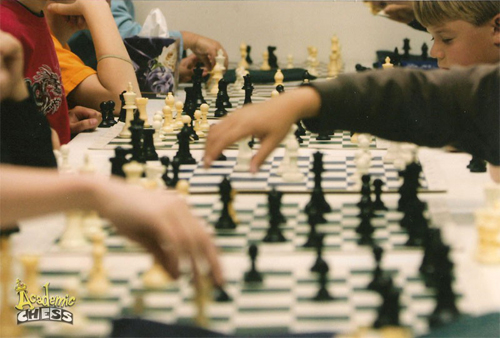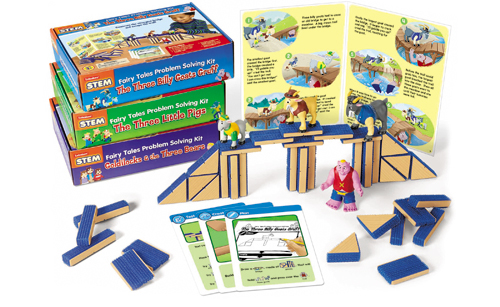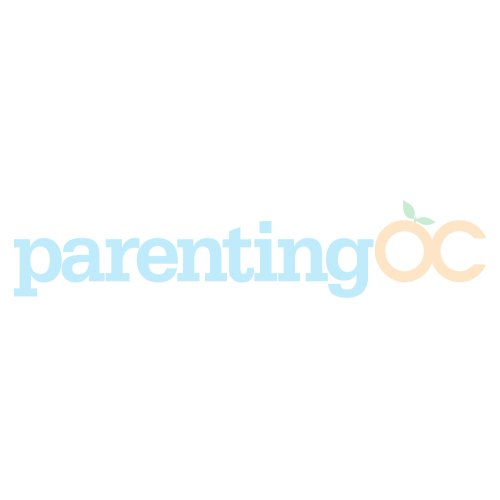
Here’s what it is and what it isn’t.
Today, homeschooling looks and feels very differently than it did decades ago. Homeschooling is practically mainstream; everyone seems to know someone who is homeschooling and most moms have thought about it themselves.
As opposed to traditional schooling, homeschooling is when parents or guardians take on the role of teacher and the responsibility of educating their children. In contrast to public or private school, children receive a personalized, individualized education — one of the main benefits of homeschooling.
According to the U.S. Department of Education, from 2003 to 2012, the number of homeschooled children increased by 62%. Today, an estimated 1.77 million children are homeschooled in the United States; that’s around 3 percent of the U.S. student population.
With the growing trend in homeschooling and positive perceptions of it as an educational option, many families are giving it serious consideration.
Accidental Homeschoolers?
There are families who have always known they wanted to homeschool. Perhaps one or both parents were homeschooled, or maybe they wanted to give their children a more customized education. But what about families who turned to homeschooling by chance? They never imagined they would homeschool and had every intention of using public or private school for their children.
However, upon facing a predicament — an illness or injury perhaps, or a problem at school like bullying or even boredom — homeschooling becomes their education solution. We describe these families as “accidental homeschoolers” and although initially reluctant, they ultimately become enthusiasts.
You can homeschool!
All parents want what’s best for their children. Many parents have decided that homeschooling, gives their children the best, most effective education.
However, many parents who think about homeschooling are not really sure what it entails or how to go about it. Often, their thinking is mired in myths and misconceptions. If you’re considering homeschooling, but not sure if it’s a good fit for your family, you should first eliminate all of those preconceived notions you may have about it. Some common myths include:
Myth: Homeschooling may not be as comprehensive as public or private school.
Truth: There are numerous curriculum options that are as comprehensive as traditional schools. An advantage for homeschooled children is the individual attention they receive, as opposed to vying for a classroom teacher’s time. As a homeschooler, you can give your children a well-rounded, customized education.
Myth: It’s difficult to keep up with homeschooling laws.
Truth: Homeschooling is legal in all 50 states. To understand the laws, reach out to your local department of education, or check with parents in your local homeschool groups. They can be a wealth of knowledge in navigating the rules.
Myth: Homeschooling is a permanent commitment.
Truth: Just because you make the decision to homeschool doesn’t mean it’s forever. Many parents, especially accidental homeschoolers, will find that homeschooling is a good fit for a period of time, e.g., middle school or in the case of military families, while stationed overseas.
Myth: Homeschooled students miss out on socialization.
Truth: With the flexibility that homeschooling affords, you’ll find that many families spend just a few hours at home, and a lot more learning outside the home. Homeschooled students can dedicate more time to outside interests like music, acting or sports, which in turn gives them more time with their peers, and adults. There are also homeschool groups and co-ops that arrange for social activities including field trips, group teaching, and even dances.
Myth: Homeschooling is expensive.
Truth: One of the biggest mistakes new homeschoolers make is spending A LOT of money on curriculum that they don’t even know will work for their children. Instead, parents should get to know how their children learn best. Then, consider the curriculum options. Remember to also check the library, where you can borrow books and DVDs.
Once you move past the common stereotypes, you’ll need to learn more about ins and outs of homeschooling. Homeschooling has a number of benefits including the freedom to educate your children when, how and where you choose. Reading “how to” books such as, our Welcome to Homeschooling Guide or Homeschooling and Loving It! by Rebecca Kochenderfer, will paint a realistic picture of what it takes to homeschool. Finally, before you make the leap or invest in a curriculum, reach out to parents in local homeschool groups or online homeschool parent communities. They can provide real-world experiences and advice to help you walk down this exciting path.
By John Edelson
John Edelson, Founder and President, Time4Learning.com and Time4Writing.com. John Edelson is founder and president of Time4Learning.com, a comprehensive online homeschool curriculum for PreK-12th grade. Time4Learning’s multimedia lessons are student-paced and cover math, language arts, science, social studies, foreign language and more. Visit Time4Learning.com to learn more.

Academic Chess and Academic Origami
Keeping things interesting and adding a social element are both keys to successful homeschooling. Fun activities with an academic angle, such as chess or origami, sneak in a little STEM while adding the excitement of good-natured competition and the opportunity to connect and make new friends. These sister operations welcome new students of all abilities, and add a dose of culture to their classes and get-togethers. Friday “Knights” chess tourneys in Laguna Hills are open to K-8th graders, include pizza and snacks and welcome parents to either join the fun or drop-off.
www.academicchess.com

Make Homeschooling a Fairy Tale
Fairy tales aren’t just for bedtime, they can become part of class time with these unique sets from Lakeshore Learning, a company with a 60+ year history of offering toys that feature academic elements. Kids engineer happier endings to fairy tales—designing a house that can’t be blown down, constructing a bridge that keeps 3 goats safe from the troll and building a chair even Goldilocks can’t break. Each kit includes a STEM-focused story card, building materials, plus student & teacher cards with lesson plans & full support.
$49 each, www.lakeshorelearning.com







Leave a Reply